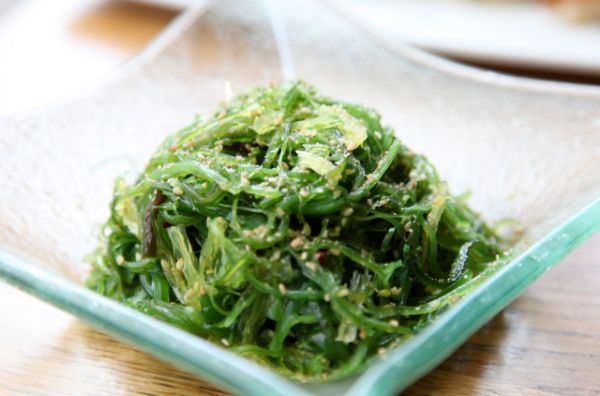There are some things we would’ve never thought could ever be on our plates. Decades ago, could anyone have guessed...

There are some things we would’ve never thought could ever be on our plates. Decades ago, could anyone have guessed...

© 2025 jackomd180. All rights reserved.